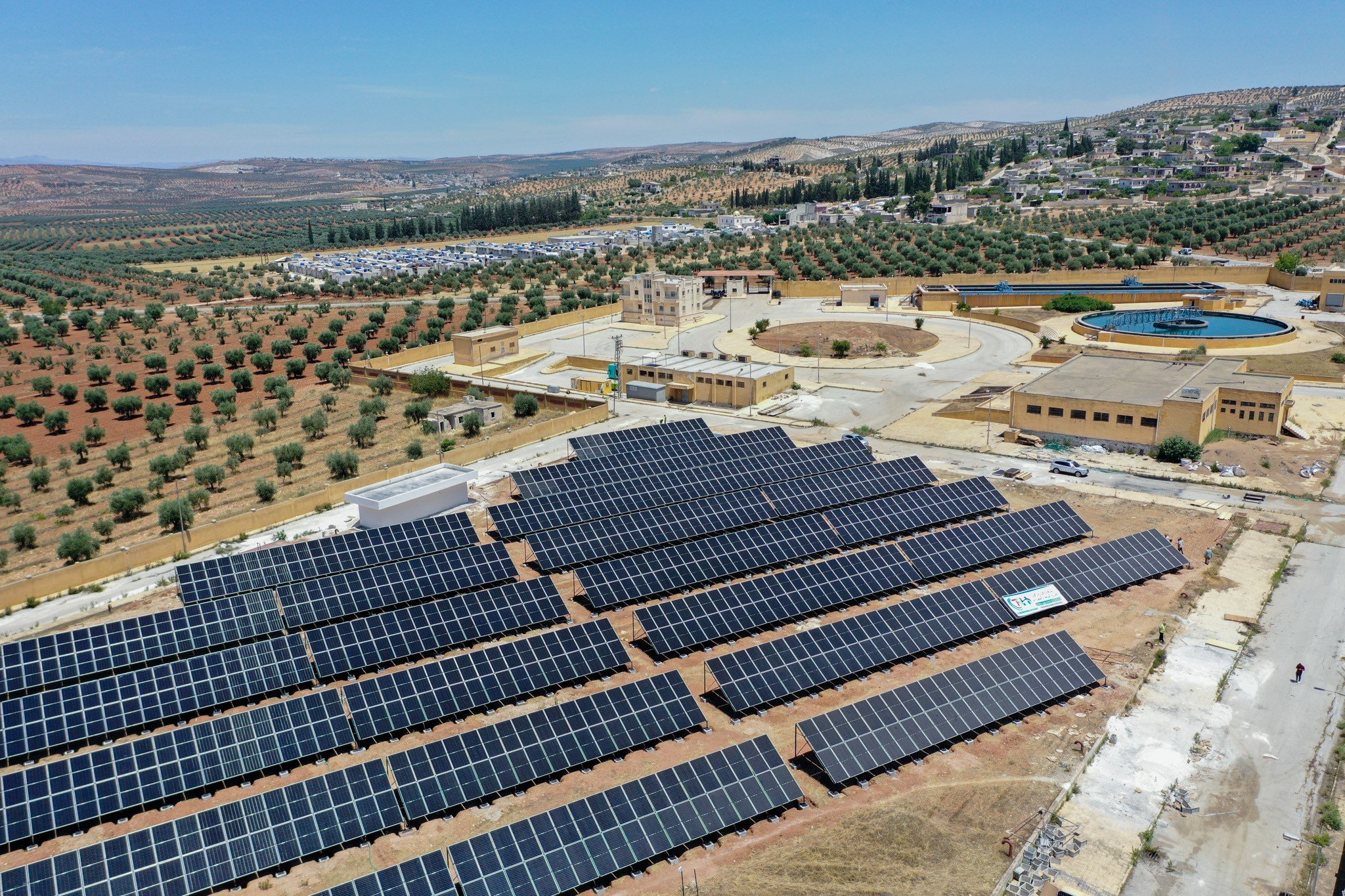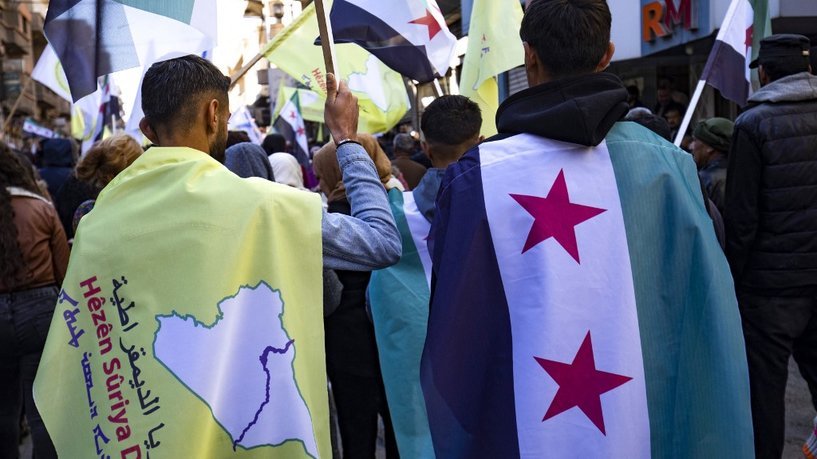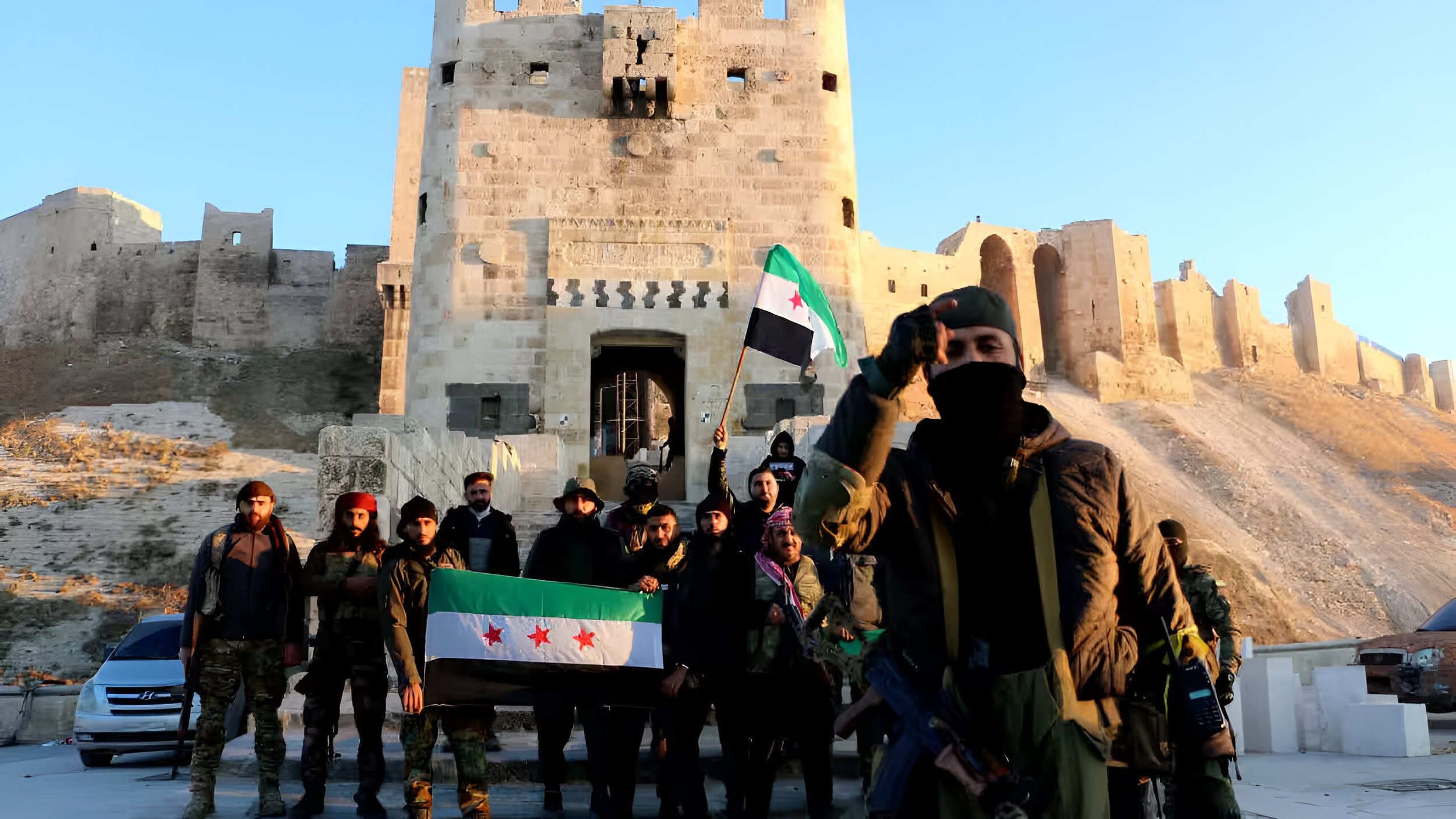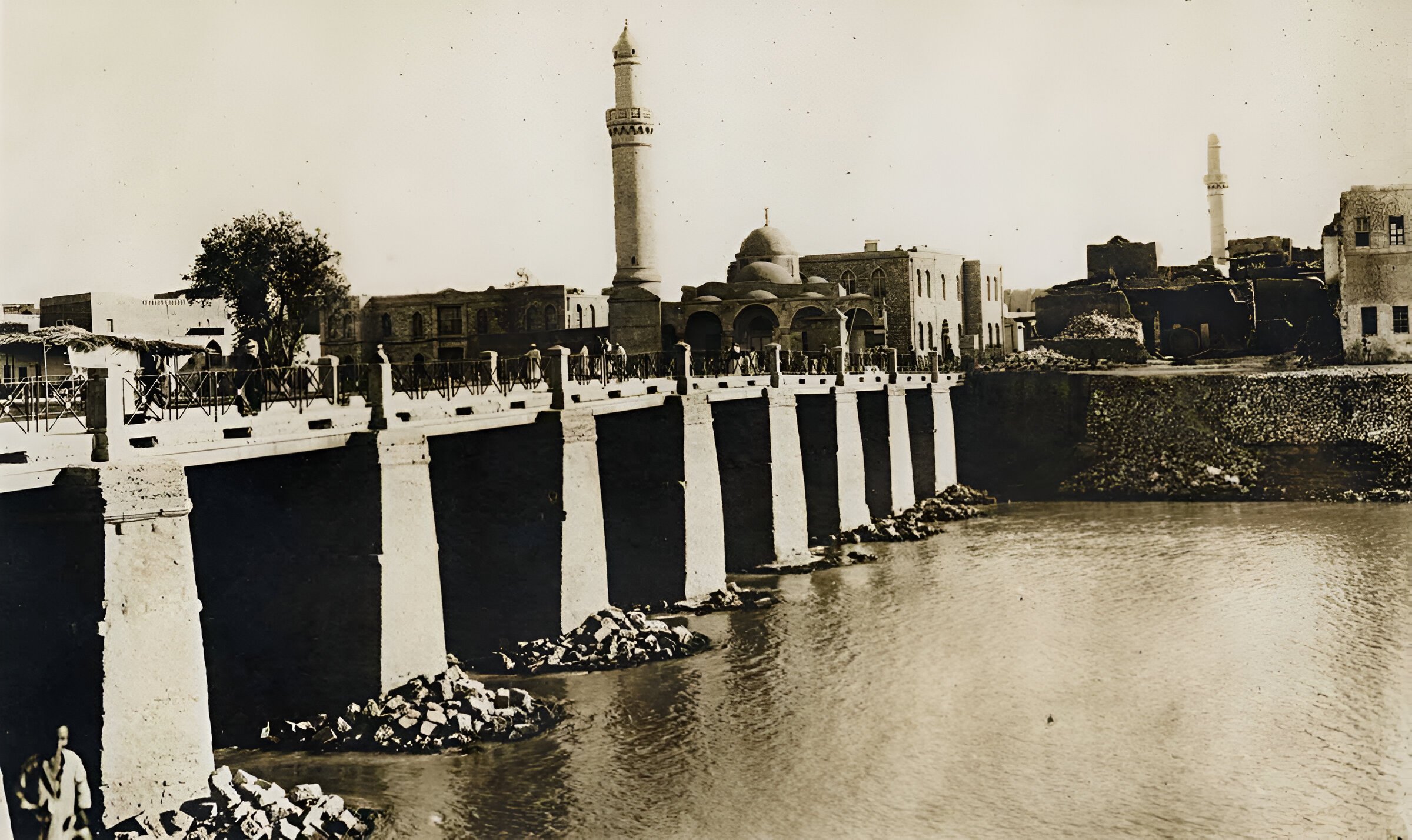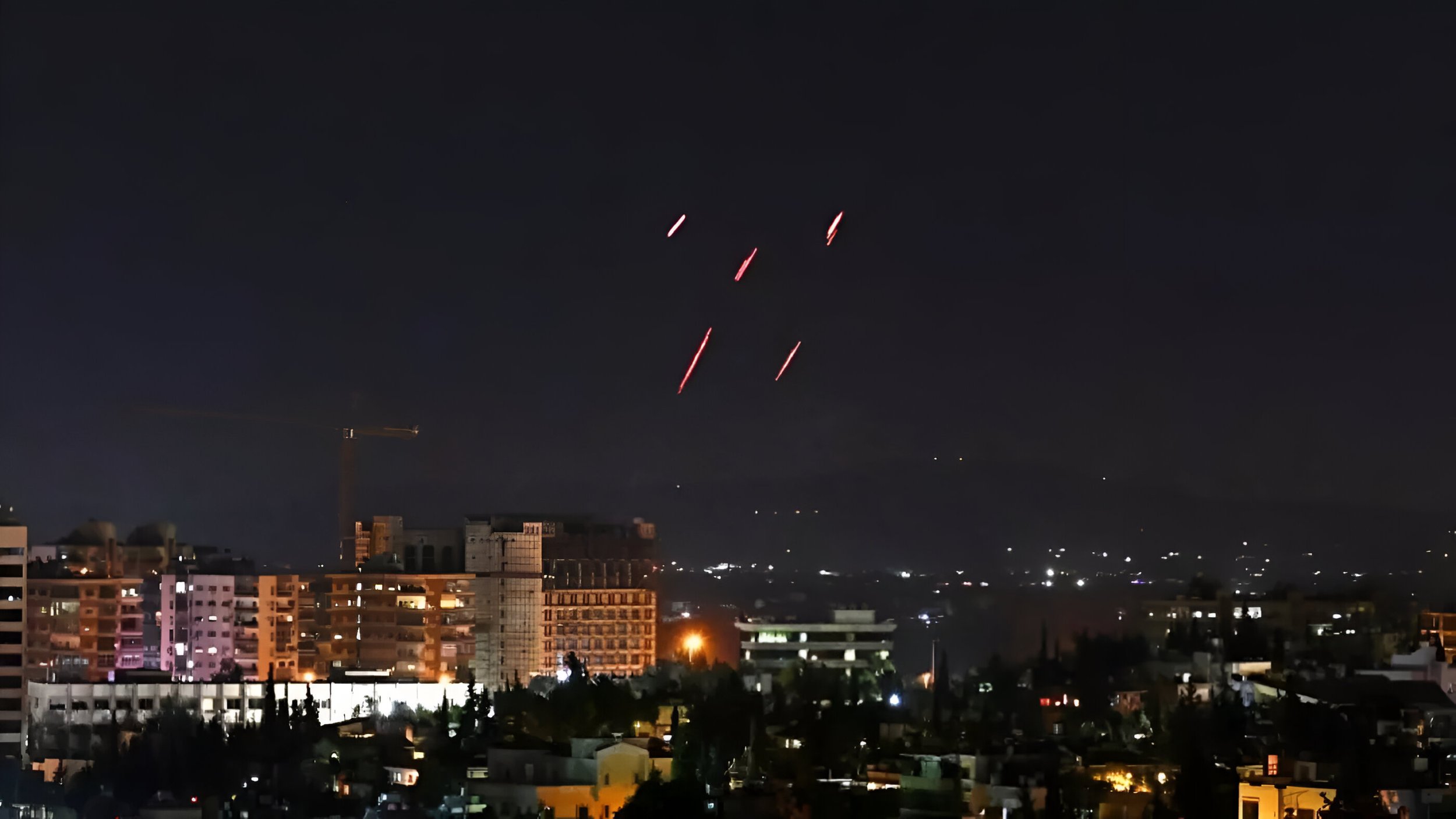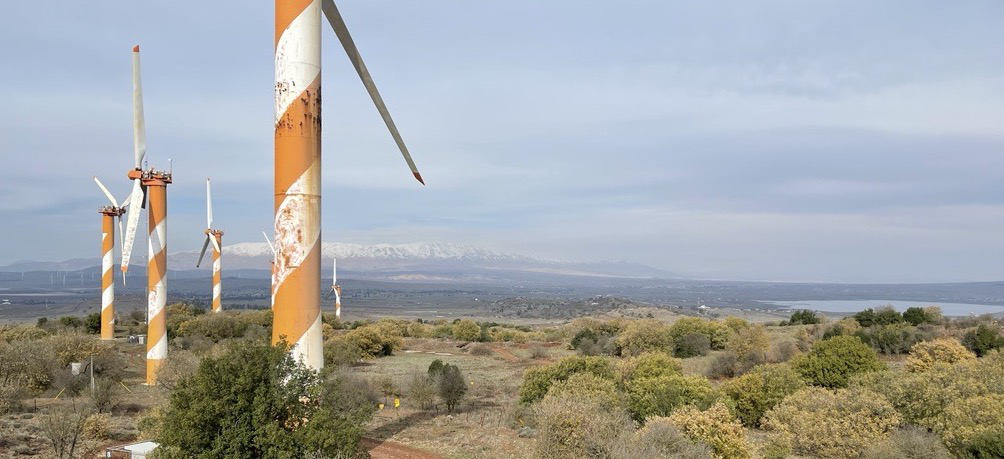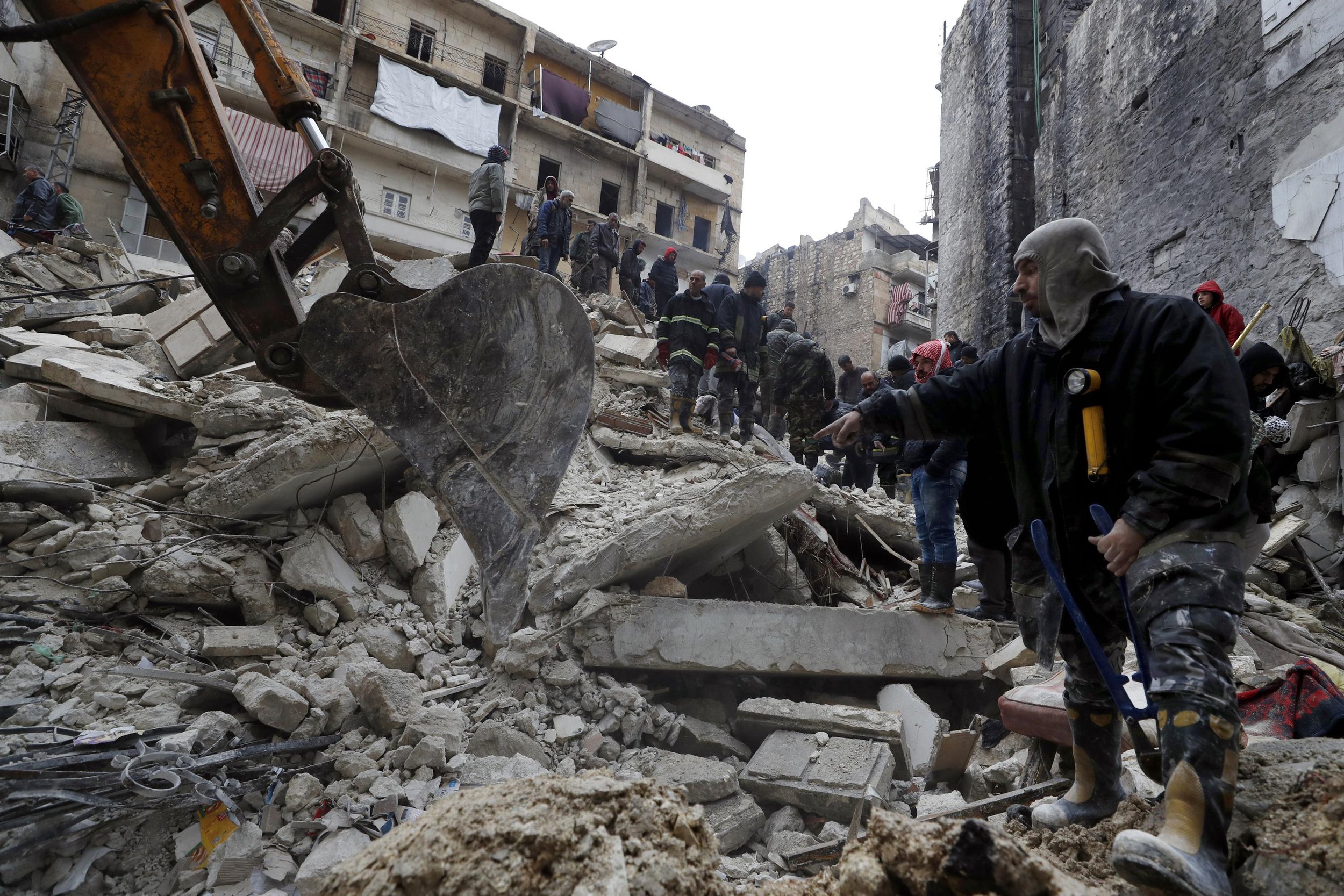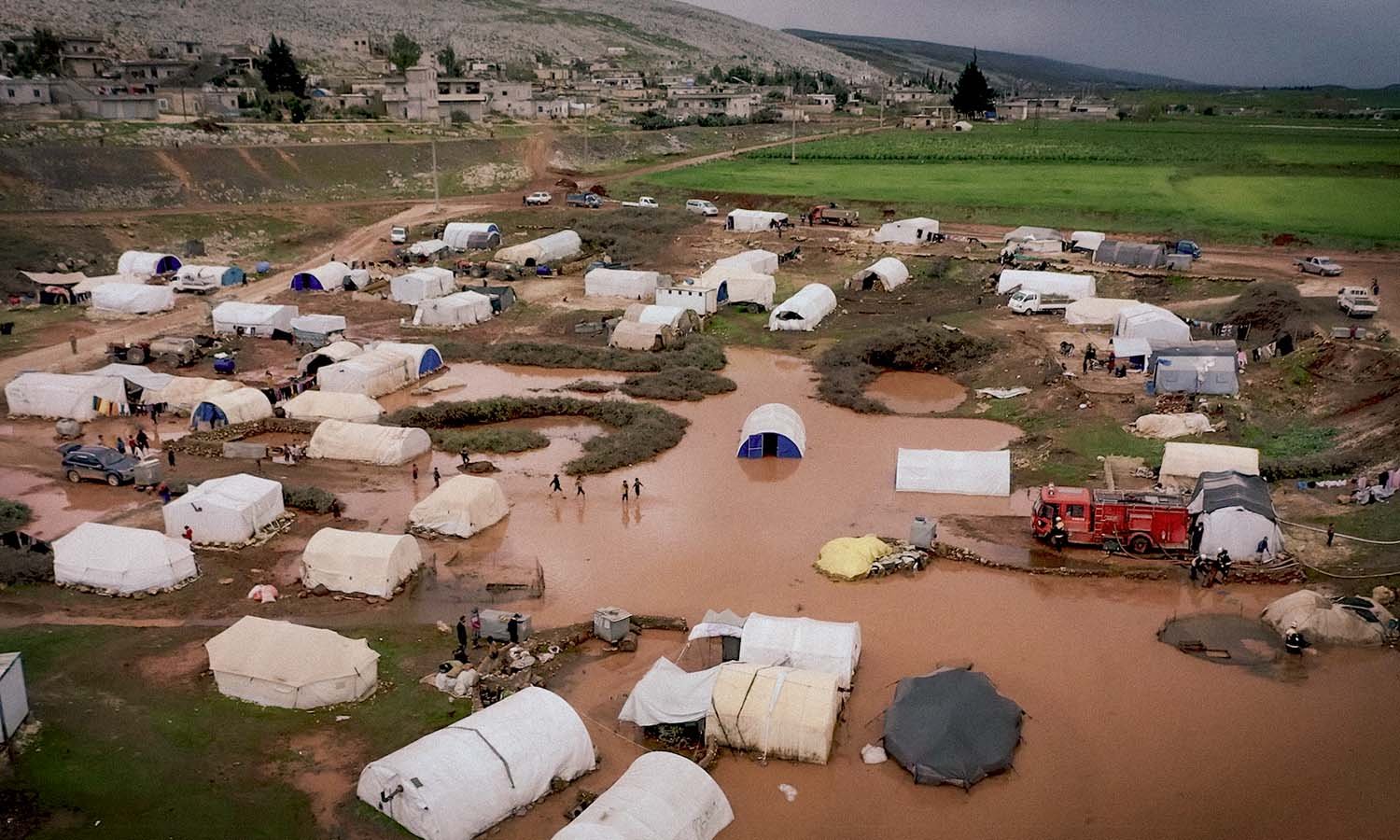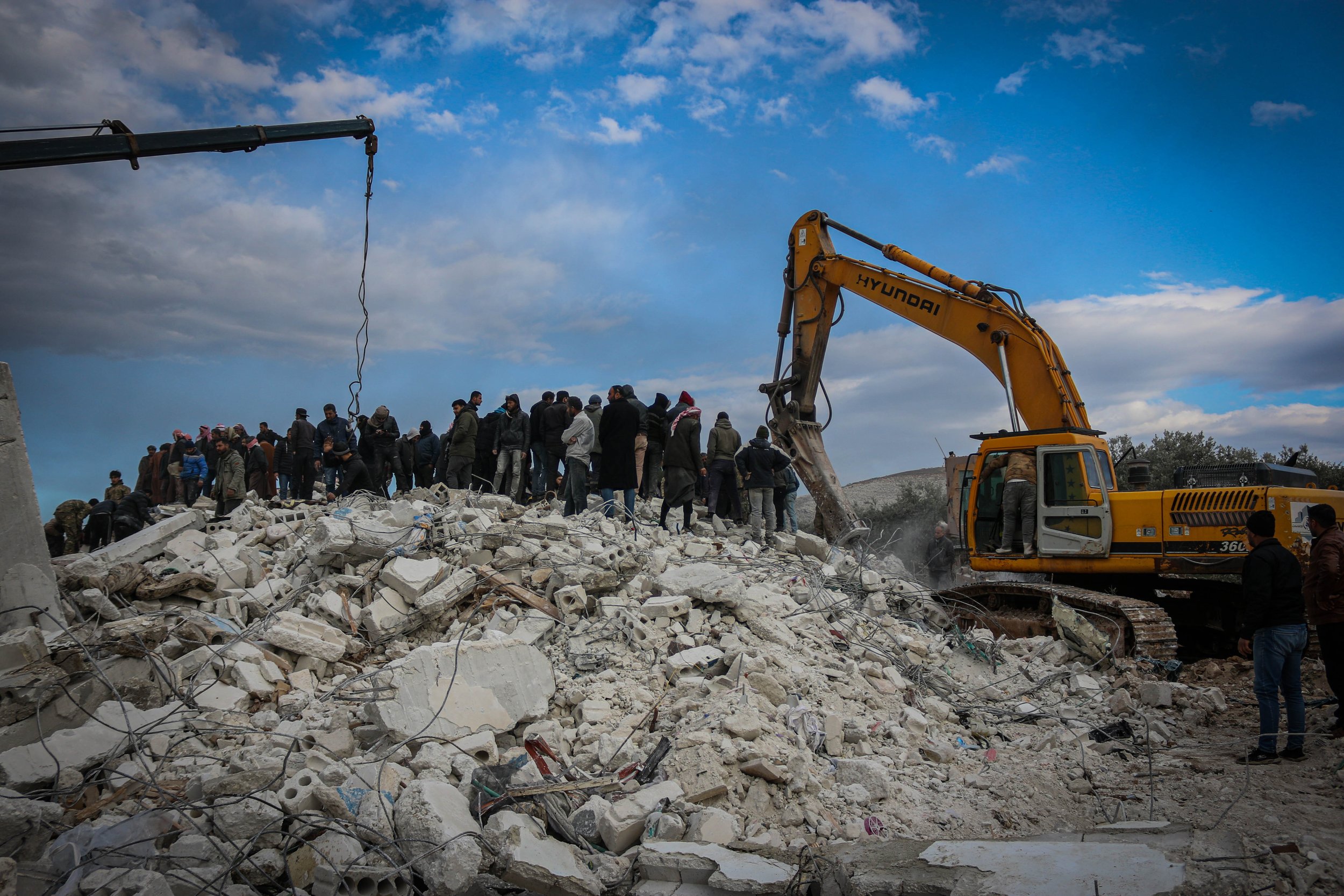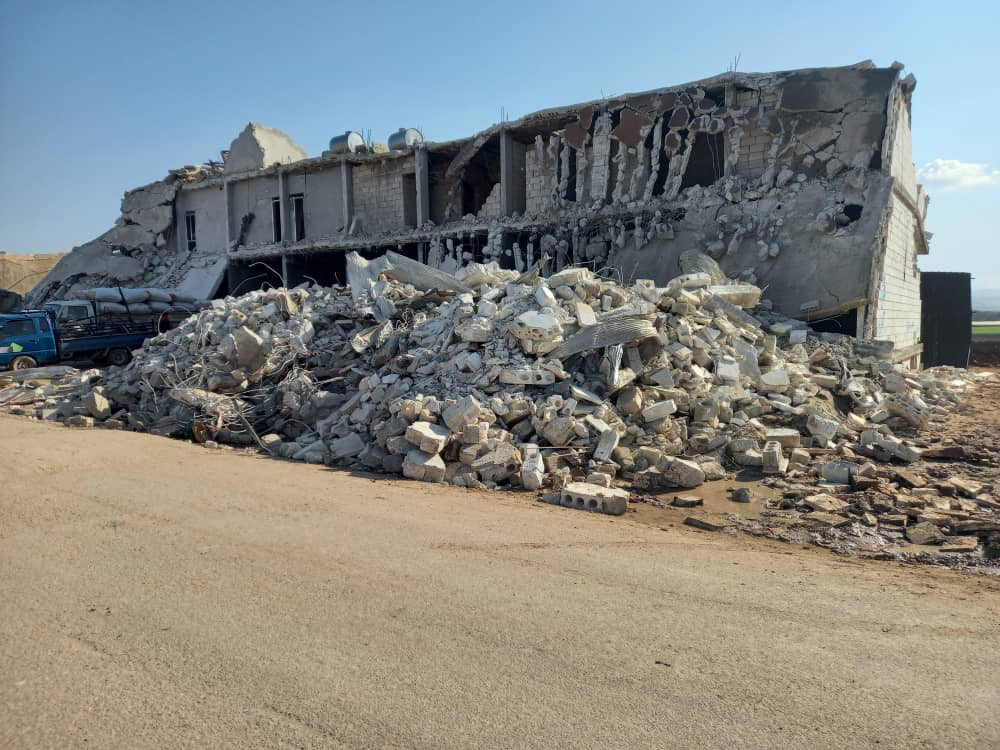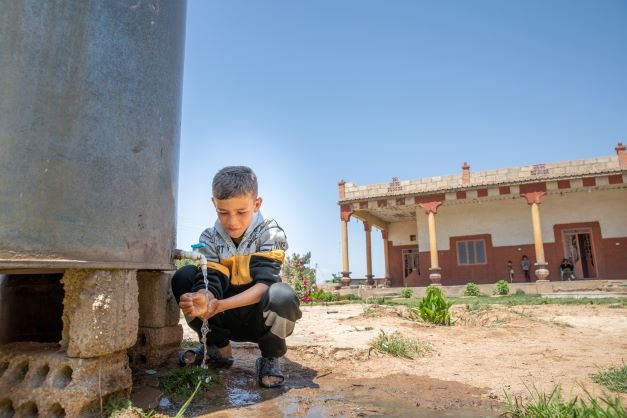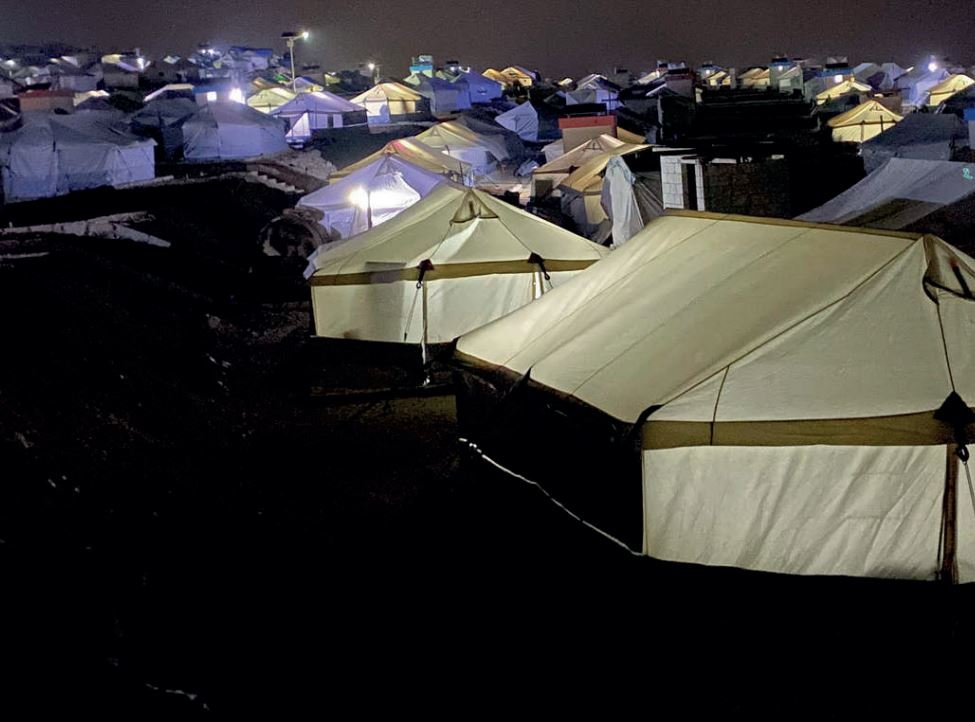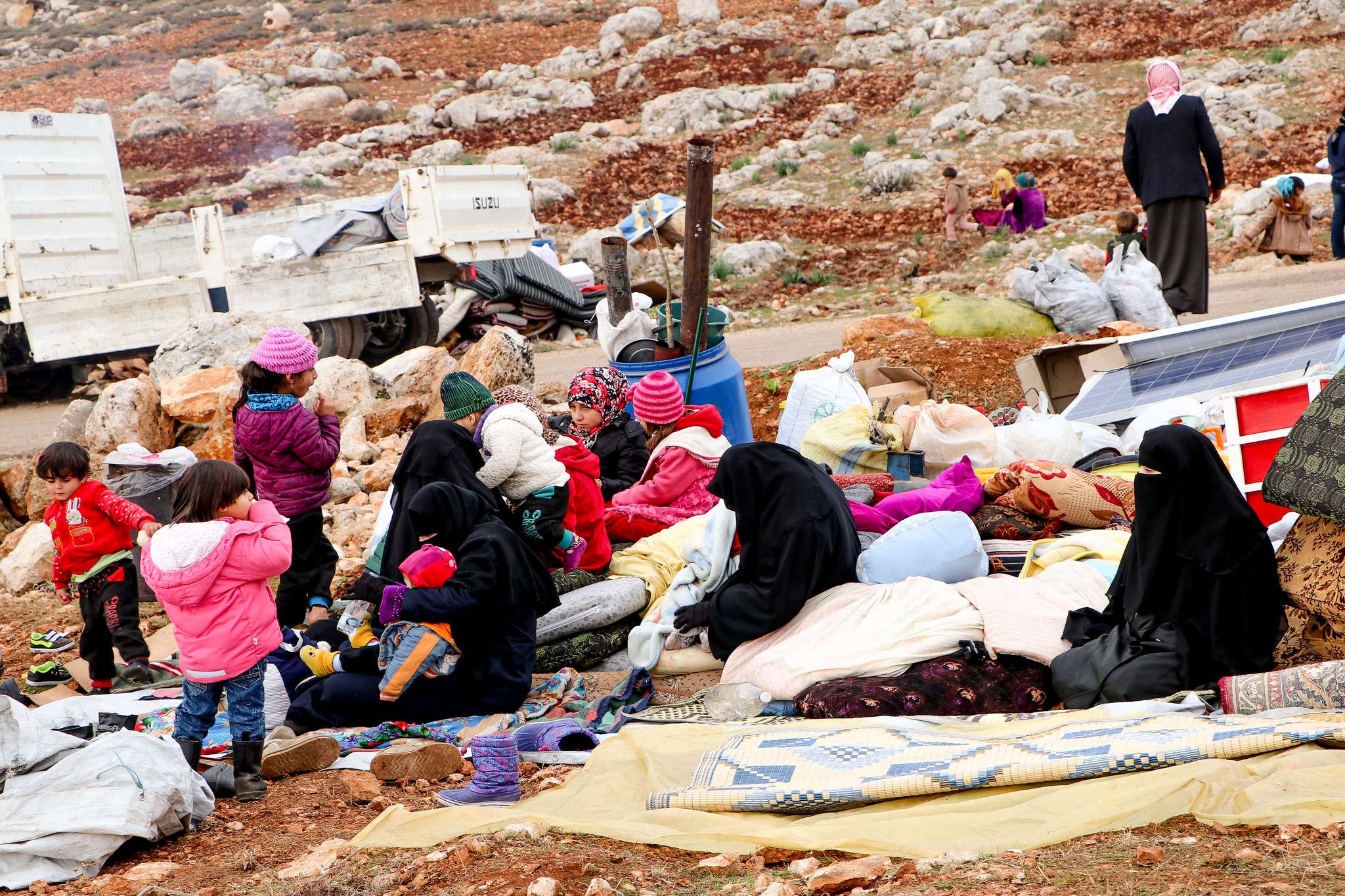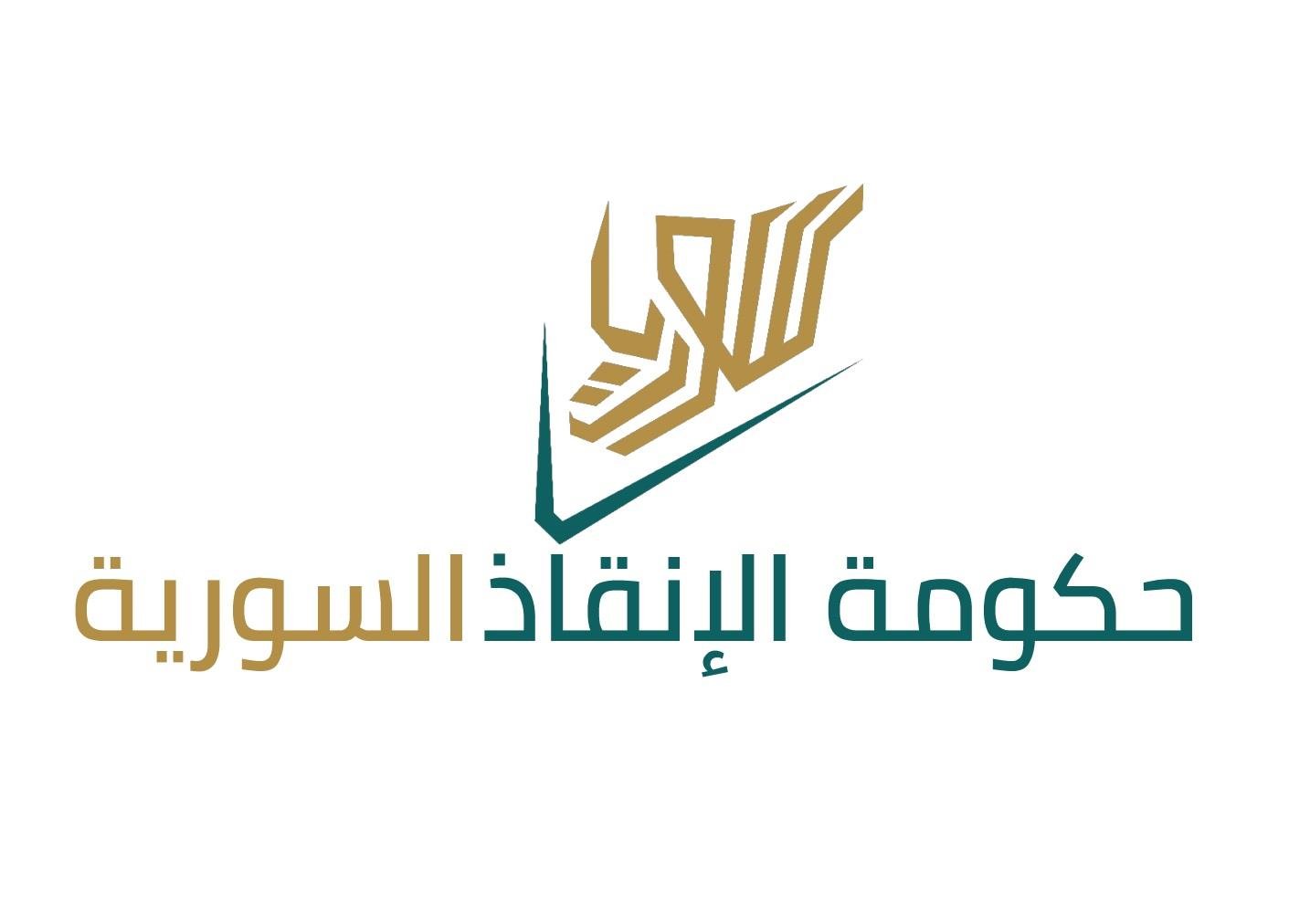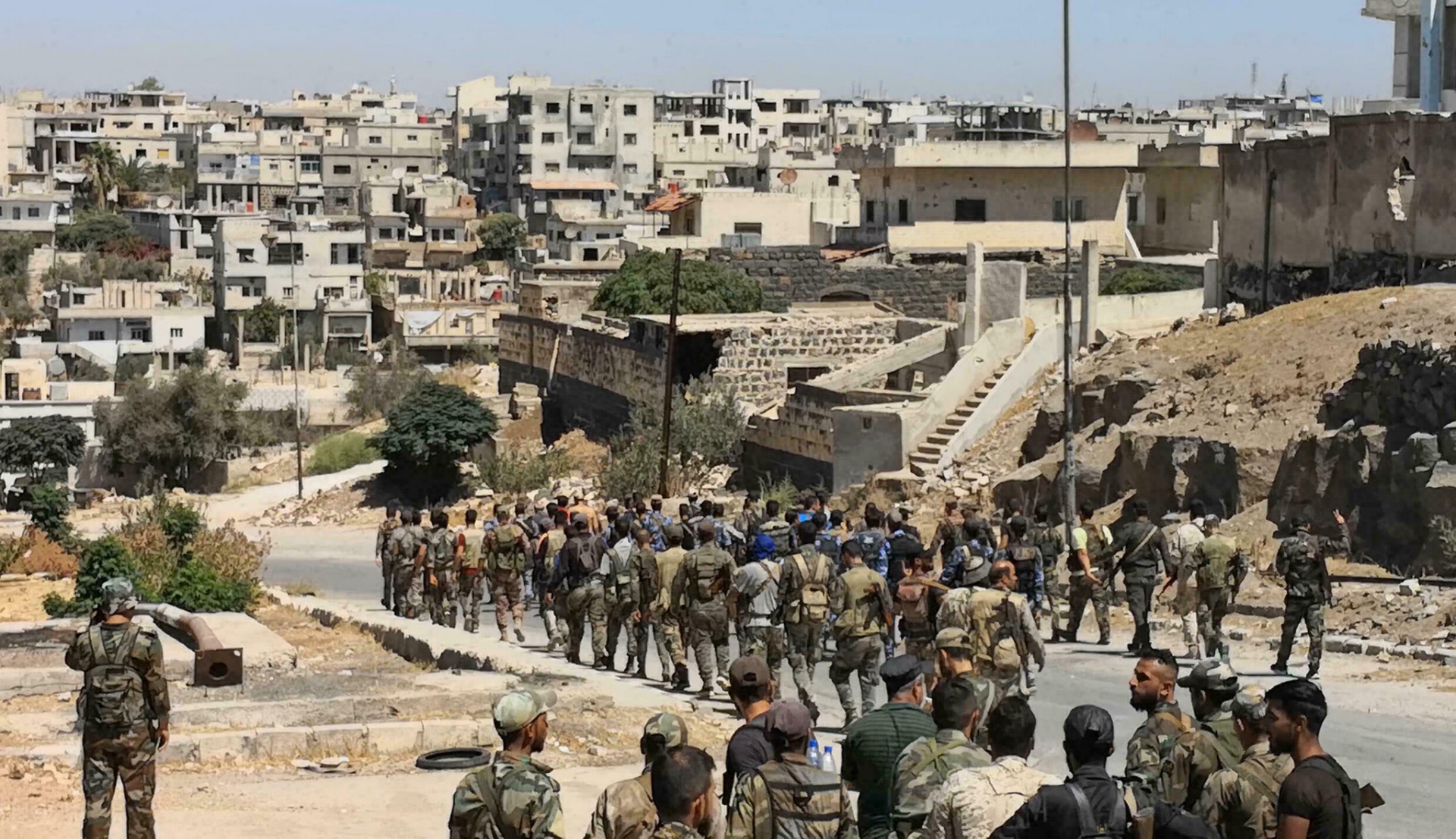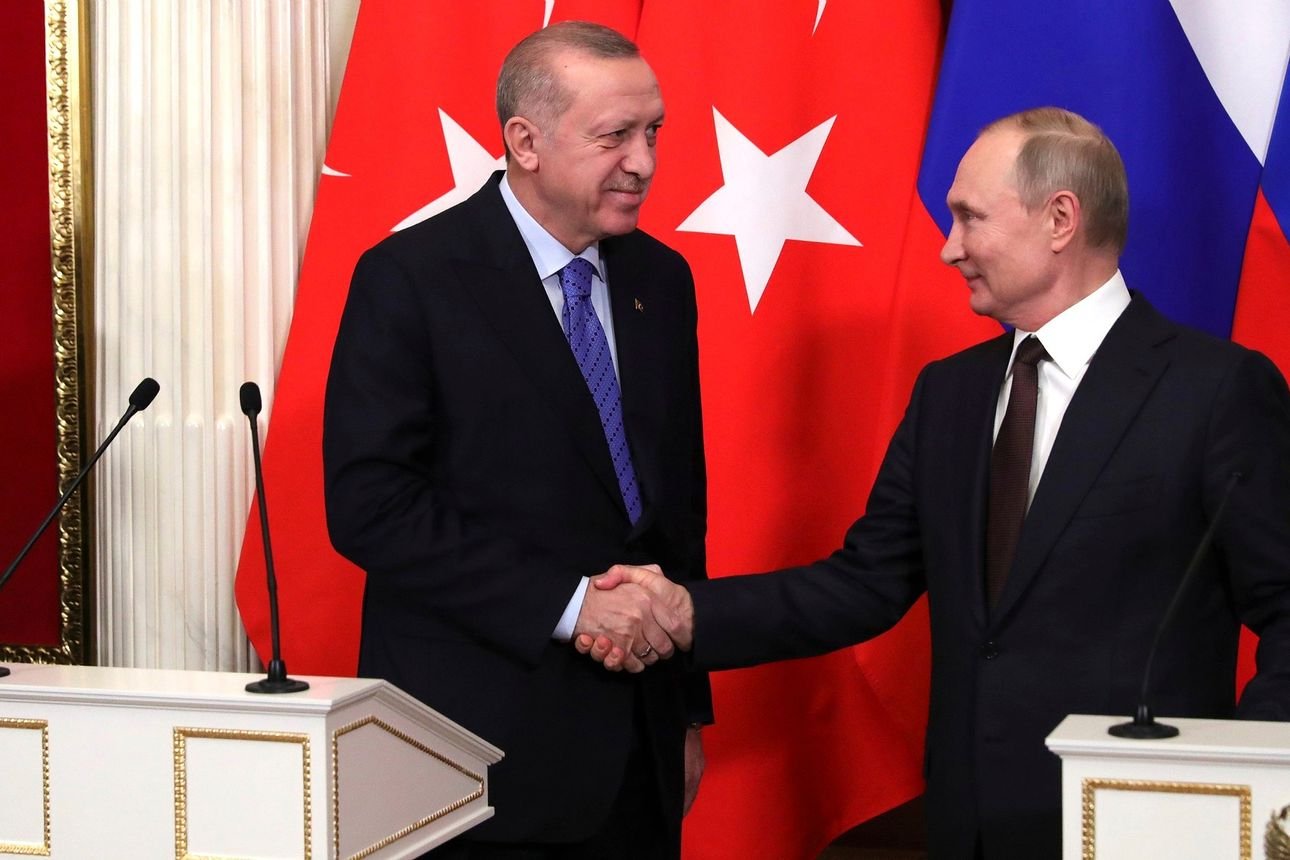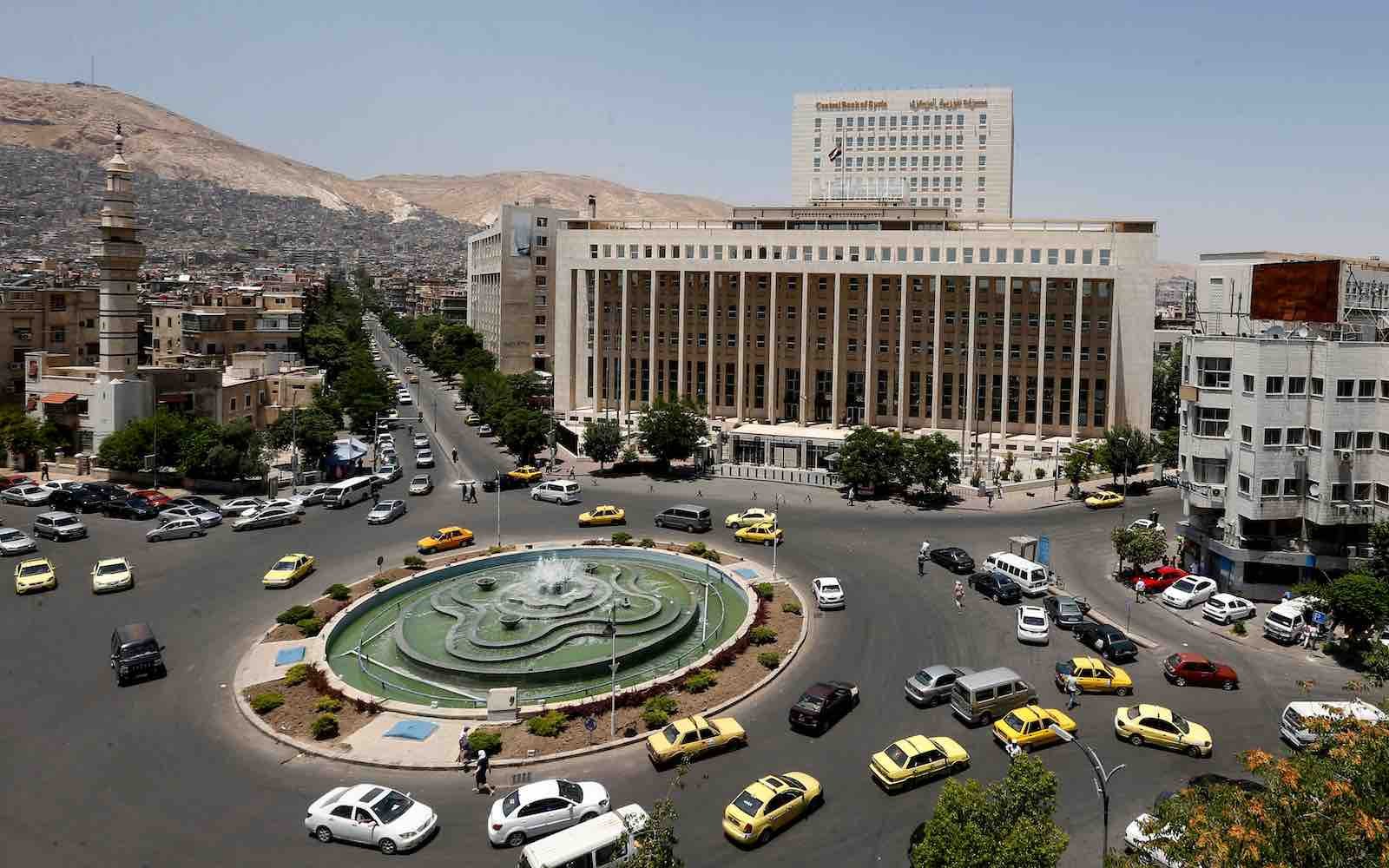
Reports
CA-SYR’s reports offer a comprehensive, multi-disciplinary scope analytical lens based on themes critical for donor-funded decision-making, programming, and operations. Based on urgency and methodological rigor, CA – SYR’s reports range from timely flash reports on important individual incidents; situation reports to understand better the ramifications of localized events with the potential for wider impact within the evolving context; long-form thematic reports focused on trends developing locally, regionally, or internationally; and scenario forecasts utilizing predictive modeling. CA – SYR also makes use of quantitative and geospatial data to conduct analysis and forecasting in support of qualitative reporting. Below is a selection of reports from 2020 – present. An archive of all HAT and CA-SYR reports is forthcoming.
Uneven Currents: Electricity and the Politics of Power in Post-Assad Syria
September 2025
Uneven Currents: Electricity and the Politics of Power in Post-Assad Syria assesses how Syria’s power system is rebuilding and why progress varies. This report fuses night lights reflectance with REACH HSOS surveys, mapping functional service areas that better capture on-the-ground consumption. Findings highlight that recovery is real but uneven, determined by years of protracted conflict and localized adaptation to the broad-scale degradation of Syria’s electricity infrastructure. By mid-2025, 76% of locations increased consumption year over year, yet most remain below 2019. Only 27% of Damascus locations improved, compared with 97% in parts of Aleppo under former SSG control. Each 10% lower baseline NLR is linked to 1.6% higher growth. Grid-connected communities in AANES outpaced generator-reliant areas by 14 to 19%, and places with fewer than six daily hours grew about 9% more slowly. Governance also matters: in Deir ez Zor, 84% improved after transition versus 62% under AANES control in northeast Syria.
Parched Foundations: Syria’s slide into protracted drought
July 2025
Syria is experiencing a structural, not solely seasonal, drought. Multiple climate and hydrological indicators, including precipitation, runoff, baseflow, and evapotranspiration, show a persistent, countrywide decline. This points to a fundamental disruption of the hydrological cycle, not a short-term anomaly. With cyclical and cascading impacts throughout virtually all of Syria, the outcomes of a disrupted hydrological cycle could be long-lasting and hamper efforts to support communities and households, key service provision, public health and emergency response, and market systems. This report aims to diagnose the 2025 drought by unpacking both its drivers and its consequences. It is structured in two parts. First, we assess the climatic and hydrological dynamics underlying the drought, drawing on core variables such as precipitation, evapotranspiration, runoff, and baseflow. Second, we trace the cascading impacts across ecological, agricultural, and human systems – from vegetation health and soil degradation to water service failures and market volatility. By combining technical data with on-ground consequences, the report provides a grounded view of how Syria’s water crisis is unfolding and what it signals for the country’s future.
Flash report
Between Harvest and Hardship
May 2025
Syria’s 2025 wheat season is unfolding under some of the most challenging agroclimatic and institutional conditions in recent memory. Remote sensing and field data point to what may be the lowest output in northeast Syria since 2018, driven by drought, crop failure, and the collapse of rainfed cultivation. At the same time, structural uncertainty around procurement systems, governance arrangements, and inter-actor coordination is compounding the risk. This flash report examines both the production outlook and the wider policy and market implications. It assesses the fragility of external sourcing efforts, the erosion of leverage between key actors, and the consequences for food access, inequality, and humanitarian planning across the country.
Ebb and Flow: Water Insecurity and its Cascading Impact on Northeast Syria
May 2025
The Euphrates River system, a fundamental resource for the region, is experiencing a protracted crisis spanning multiple years. This is not solely a matter of water scarcity; it is a complex emergency exacerbated by climate change, ongoing conflict, and deficiencies in transboundary water management. These factors are collectively pushing communities to their breaking point.
This comprehensive report details the devastating and multifaceted impact of this crisis. It establishes clear connections between water scarcity and public health crises, economic decline, and population displacement. The challenges are substantial, ranging from contaminated drinking water leading to widespread illness, particularly among children, to decaying infrastructure and an over-reliance on unsustainable private water markets.
Crucially, recent political developments in Syria present a timely opportunity for more impactful donor assistance. This moment allows us to transition from short-term interventions to the implementation of systemic, sustainable solutions.
Fractured Stability: Communal Tensions, Political Strain, and Emerging Spoilers in Syria
May 2025
The post-Assad period in Syria is quickly proving to be more fragmented than transitional. While hopes of stabilization persist, recent developments in March and April reveal the fragility of Syria’s new political order. Instead of unified progress, the country is seeing a surge in localized tensions, identity-based violence, and power contests – each unfolding differently across the country’s diverse communities and geographies.
In this report, CA–SYR analyzes how communal flashpoints, political loggerheads, and fragmented security arrangements are shaping the trajectory of post-Assad Syria. It also examines the government’s varied responses as reflections of both its limitations and its evolving strategy.
SOLAR ENERGY IN NORTHEAST SYRIA: Structure, challenges, and sustainability
March 2025
Acute electricity shortages, high fuel costs, and extended drought conditions have driven the rapid expansion of solar energy in AANES-held northeast Syria. Solar power has become an essential alternative, particularly for agriculture and irrigation. Farmers report reduced operational costs and improved irrigation efficiency, while businesses benefit from greater energy independence. Despite these gains, several barriers such as high upfront costs, inadequate regulatory supervision, and restricted financing options continue to limit the sector’s long-term sustainability and equitable access. In this report, CA–SYR investigates the opportunities and obstacles associated with the adoption of solar energy in northeast Syria, identifying critical concerns for response actors, and providing recommendations.
Flash report
Syria’s Liquidity Crunch
February 2025
Syria’s caretaker government is working on several reforms to facilitate trade, encourage currency circulation, and revitalize economic activity in the country. It started by revoking a series of restrictive economic policies implemented by the Assad government that were detrimental to trade and financial transactions. The immediate impact is seen to be an appreciation of the Syrian pound, stalling inflation and increasing the value of household income. Though this change has been encouraging, the measures have also resulted in potentially unintended negative outcomes, highlighting the broader challenges for the government trying to rebuild an economy suffering from over a decade of mismanagement and corruption. In this report, CA–SYR analyzes the impact of new economic policies that, while aimed at stabilizing Syria’s economy, have led to unintended consequences that have broad economic and humanitarian implications.
Flash report
The Turbulent path to an SDF-Damascus Agreement
January 2025
Negotiations between the Syrian Democratic Forces (SDF) and the new transitional government in Damascus signify a critical juncture in the dynamic landscape of Syria. Despite shared vows to Syria's integrity, the SDF seeks autonomy inside Syria's new national army, while Damascus expects full integration. A variety of facilitators, including international support and the evolving dynamics within the region, possess the capacity to advance the negotiations; however, potential obstacles – such as increasing tensions with opposition factions and ongoing disputes over resource management – continue to hinder progress.
An Overview of Syria’s Complex Transition
After Assad, Volume I
January 2025
This report delves into the transitional government’s initial actions to resolve emerging needs, while also identifying the persistent and future challenges. It examines key themes and sectors. It serves as the foundation for a series of reports in which CA-SYR will delve deeper into specific themes, providing a more comprehensive understanding of Syria’s current trajectory and the potential implications of these developments. Ultimately, the objective of this series is to provide response actors and analysts with an analytical framework that will enable them to monitor the changing dynamics and key indicators influencing the future of Syria, thereby guiding the development of effective strategies and interventions.
OPPOSITION LAUNCHES LARGE-SCALE OFFENSIVE FROM NORTHWEST SYRIA
December 2024
This report covers the large-scale offensive launched by the Hay’at Tahrir al-Sham and the Syrian National Army from northwest Syria in December 2024. Included is analysis of the current situation, geopolitical dynamics, and background on the context that made the offensive possible. As it stands, continued conflict, governance and economic disruptions, and humanitarian challenges are critical considerations. Five scenarios are put forward to forecast the likely moves of the different actors in the short to medium term.
Contested Loyalties
Tribal Fragmentation in Deir-ez-Zor
November 2024
This report aims to provide a nuanced understanding of tribal dynamics in Deirez-Zor, offering insights for humanitarian and development actors to navigate the complex landscape and contribute to stability in the region. Here, CA-SYR unpacks the core drivers of recent conflicts, highlighting critical localized dynamics and the influence of external actors to provide key insights for response actors and analysts engaged in Syria.
Illuminating Research:
Examining night light satellite imagery as a tool for analysis and aid response
October 2024
Humanitarian and development organizations face mounting barriers to assessing needs. Traditional data collection methods are often insufficient in fast-moving and chronically insecure contexts. This paper outlines nighlights reflectance (NLR) data application in research conducted by Mercy Corps across several countries. It is intended to serve as a primer on NLR analysis and as a “menu” of potential NLR applications to provide a means to continue to make evidence-driven decisions in contexts where data is scarce, variable in quality, or inconsistent in geographic or temporal coverage. In Syria, this paper reviews CA–SYR’s regional GDP estimation approach using NLR, its application to gauge the level of damage after the February 2023 earthquake, and a research paper that used NLR to measure where re-electrification projects in northwest Syria had been most effective. Further, the research paper previews upcoming research CA–SYR that uses shared NLR dynamics to define inter-community relationships, which are used to identify distinct economic regions.
POTENTIAL IMPACTS OF ISRAEL-HEZBOLLAH ESCALATIONS ON SYRIA
September 2024
Syria and Lebanon have long been interconnected, with crises in one country impacting the other. Given this, the recent hostilities between Israel and Hezbollah in Lebanon are likely to spill over into Syria, amid broader regional tensions. Unpacked in this report are the potential effects on socioeconomic conditions, displacement, damage to infrastructure, and the implications for different zones of control. Analysis hinges on three scenarios built by the Lebanon Crisis Analytics Team (LCAT): I) the preservation of the status quo; II) substantial yet measured escalation between Israel and Hezbollah; and III) a full-scale conflict.
Trash Scavenging in AL-Hasakeh
A Case of Child Labor and Exploitation
September 2024
This report explores child labor in the trash scavenging industry in Al-Hasakeh from 2021 to 2024. A lack of economic options has forced many families to rely on their children for income, with scavenging evolving from a last-resort survival strategy into a structured and competitive industry. With an understanding of the weak legal protections and lack of official preventative measures that have allowed child labor to proliferate, the report highlights several policy implications and recommendations for local authorities, humanitarian actors, and donors seeking to address this issue.
Examining the SSG’s Public Morality Draft Law
MArch 2024
On 2 January, media outlets published an unverified draft copy of a public morality law issued by the SSG’s Ministry of Interior in Idleb. The draft law sets out a series of prohibited religious and moral practices, and contains provisions for establishing a Public Morality Police, recruitment for which is underway. This new legislation could constitute a means for Hay’at Tahrir Al-Sham (HTS) to appease dissatisfied hardliners in areas under its control, however the stringency with which the SSG intends or is able to implement the law remains unclear. Irrespective of this, the draft law is expected to impact daily life in SSG-held areas. Given the law's emphasis on preventing mingling between males and females in public and work spaces, its principal impact will likely be restricting women’s movements and employment opportunities. The draft law may also impact the work of humanitarian and development actors operating in SSG-held areas. In this report, CA-SYR attempts to analyze the challenges posed by the draft law, offering a non-exhaustive matrix of potential issues for NGOs, across three categories: direct, indirect, and tertiary challenges.
CASH FLOW CONUNDRUM
POLICY SHIFTS AND VOLATILE HAWALA FEES
January 2024
Informal financial mechanisms supporting hawala transfers from the Syrian diaspora, commercial entities, and humanitarian/development groups have been a crucial source of income for many within Syria. Centralizing operations in Erbil, with its lenient banking regulations and proximity to AANES-controlled areas, faced disruptions in late 2023. Because of this, CA–SYR unravels the uncertainty of how the hawalas function, the determinants for transfer fees, and the policy changes which increased hawala fees and caused payment delays. It also examines the impact of decisions affecting hawalas in both Iraq and northeast Syria and outlines potential repercussions on humanitarian/development organizations, households and markets.
2023
Syria In Review
ECONOMY | POLITICAL | CONFLICT | HUMANITARIAN
February 2024
CA–SYR is proud to present our annual year-in-review publication. In the 2023 edition, CA–SYR elected to split the overview up based on trend-focused reports: Economic, Political, Conflict, and Humanitarian. In acknowledgement of the overall length of this analytical overview, CA–SYR has also provided an executive report, aggregating the executive summaries and key takeaways from each thematically specific report. While much of this reporting constitutes a retrospective summary of the previous year, each product includes novel quantitative visual analysis, expanded, up-to-date qualitative narrative analysis on the critical dynamics of 2023, and forward-looking perspectives for 2024 and beyond.
The Syria-Turkey earthquake
An overview of the 6 february earthquake and its impact on northwest syria
February 2023
Northwest Syria Series
Analysis of the medium-term impacts of the February 2023 earthquakes in Turkey and Syria
Northwest Syria series Volume 1. A taxonomy of displacement in northwest syria, April 2023
This is the first thematic brief in a series focused on the medium-term impact of the February 2023 earthquakes in Turkey and Syria. These briefs investigate narrowly-focused and thematically diverse topics for consideration by donor-funded response actors in opposition-held northwest Syria. Volume 1. creates a general framework through which these IDP sites are understood by placing them in different categories, and identifying their weaknesses. This report also aims to shed light on the differences between cohorts of IDPs and the shortcomings of weak existing governance modalities within certain IDP sites, before outlining the future trajectory of these camps should the status quo remain.
Northwest Syria series Volume 2. Post-earthquake electricity recovery, May 2023
The February earthquakes had a significant impact on Syria’s electricity infrastructure, upending access to other key services including water, sanitation and hygiene (WASH) and protection in the immediate aftermath. There is little data assessing the progression of electricity recovery and how electricity-related needs continue to shift three months on from the earthquake. Volume 2 of Crisis Analysis – Syria’s (formerly HAT) Northwest Syria Series aims to address these gaps by analyzing the rates and determinants of electricity consumption recovery in the weeks following the February earthquakes.
Northwest Syria series Volume 3. Aid governance in northwest Syria: Examining changes to aid policy by local authorities following the February earthquakes, May 2023
In this third report in the Northwest Syria Series, Mercy Corps’ Crisis Analysis – Syria (CA – SYR, formerly HAT) aims to identify how – if at all – the earthquake impacted governing actors’ policies toward aid actors in northwest Syria. Through an assessment of processes, this report compares the bureaucratic environment for aid projects within areas controlled by the Syrian Salvation Government (SSG) in Idleb and the Syrian Interim Government (SIG) in northern Aleppo.
Northwest Syria series Volume 4. Post-earthquake cashflow challenges, June 2023
Following the earthquakes, humanitarian actors mobilized to provide aid to affected populations in northwest Syria, prompting the need for a major influx of cash across the region. However, difficulties with local availability of cash, currency devaluation, and last-minute policies enacted by financial actors hampered fast mobilization of such support. This report lays out the financial barriers to rapid aid mobilization in recent months.
Northwest Syria series Volume 5. The rubble value chain in northwest syria, July 2023
The February earthquakes produced an estimated 58 million tonnes of rubble across Syria. If not collected, transported, and stored effectively such waste can pose health and environmental risks to communities for years to come. In this fifth report in the Northwest Syria Series, Crisis Analysis – Syria assesses rubble removal and storage processes in northwest Syria, a region lacking a centralized waste management system and hosting a plethora of competing humanitarian needs.
Northwest Syria series Volume 6. Contiguous Crisis: Turkish lira depreciation and markets in northwest Syria September 2023
Recent depreciation of the Turkish lira is causing a ripple effect on markets in northwest Syria. Here, Crisis Analysis – Syria assesses the statistical impact of Turkish lira depreciation on prices in northwest Syria and the reactions taken by consumers, business owners, and traders. Decline of the lira and further inflationary pressure is expected in the months to come. Understanding these market dynamics is crucial to building programs that help alleviate the burden already being placed on the most vulnerable communities in the northwest.
Northwest Syria series Volume 7. Obstacles to post-earthquake rehabilitation, October 2023
In the aftermath of the February 2023 earthquakes in Northwest Syria, over 265,000 people lost their homes, while many were either moderately or severely damaged. Humanitarian and local governance actors and community and grassroots initiatives responded, however for many there has been a focus on short-term fixes overshadowing longer-term solutions. Political complexities around the Syrian conflict, coupled with a lack of longer-term vision in the humanitarian and development responses, continue to complicate matters.







